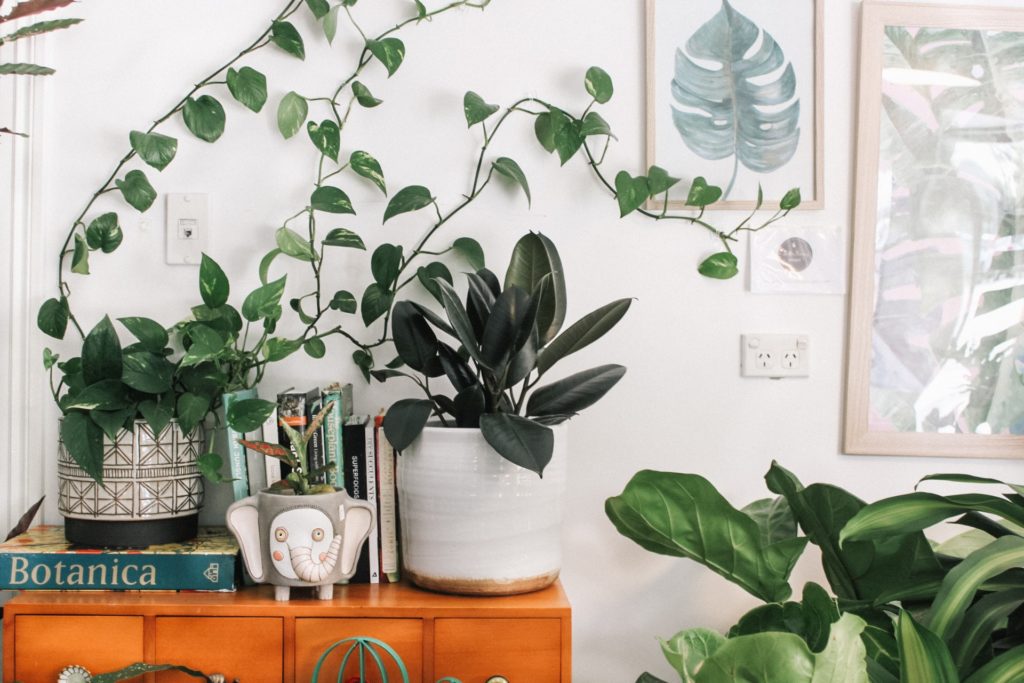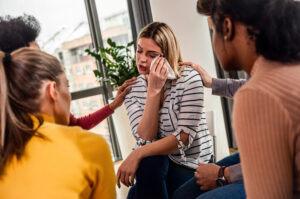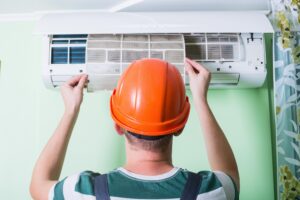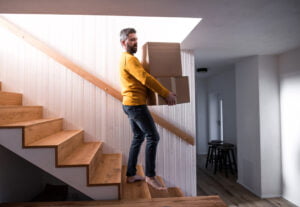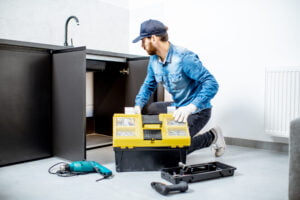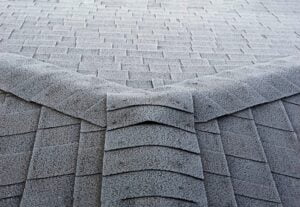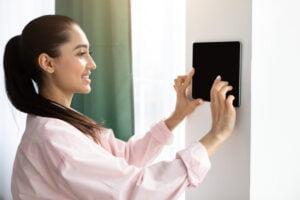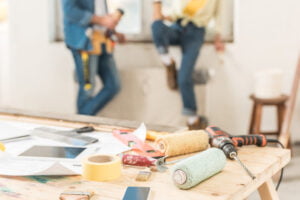Apartment living has become a big priority for many people in the United States. When unemployment rose as a result of COVID-19, and the cost of living became unsustainable for some families, people needed some financial relief. Apartment communities across the United States became the needed financial respite for many people. Outside of just the savings which these residential spaces offer, people often move to apartments for a variety of other reasons. Some of these reasons include ease of maintenance, increased safety, great amenities, having time freed up from doing home-based chores, and more.
When you move into an unfurnished or furnished apartment, you want to make the place your own. The best way that you can do this is by adding plants to your humble abode. Plants help to purify the air in your apartment, they can help to reduce stress, they can provide healthy produce, they can be nice decorations for your house, and they can help to improve your overall wellbeing (including helping to fight colds and dealing with anxiety). With all of this said, many of us weren’t born with a green thumb or extensive knowledge about such planting terms as pots, planters, and drainage holes. To assist those first-time plant owners, here are three tips on how to keep plants healthy in an apartment.
1. Let there be light.

When you move into a new apartment community, you want to open up your home to a bit of light. Letting light into your home can help improve your mental and physical health, in addition to enhancing the ambiance of your apartment. The same can be said for exposing your houseplants to sunlight. Sometimes, your new residence doesn’t provide outdoor spaces like a porch or patio. In cases like these, you want to try and bring in as much sunlight as possible for your indoor plants.
After investing in pots, planters, and fiberglass planters from greenery stores like Pots Planters and More, depending on the type of plant, try to give them as much sunlight as possible. Some plant species only require partial sunlight, or they might even be shade-grown. Putting those plants that need direct sunlight by windows will help them to receive their allotted sunlight amount with no hassle. Letting in the light is the first step to keeping your plants healthy.
2. Choose your plants wisely.
After you check into a set of furnished apartments in your area, and make the move, decorating your new residence is at the top of your list. As mentioned before, many people don’t have a green thumb, and in some cases, they wind up harming the plants they purchase. For those folks, it helps to find plants that are more resilient. Find low maintenance plants like snake plants, African violets, and aloe plants, which don’t require as much effort to keep them up. These plants simply need to be placed in a fiberglass planter or pot and given some water. They’ll do the rest.
3. Practice proper drainage, and don’t overwater.
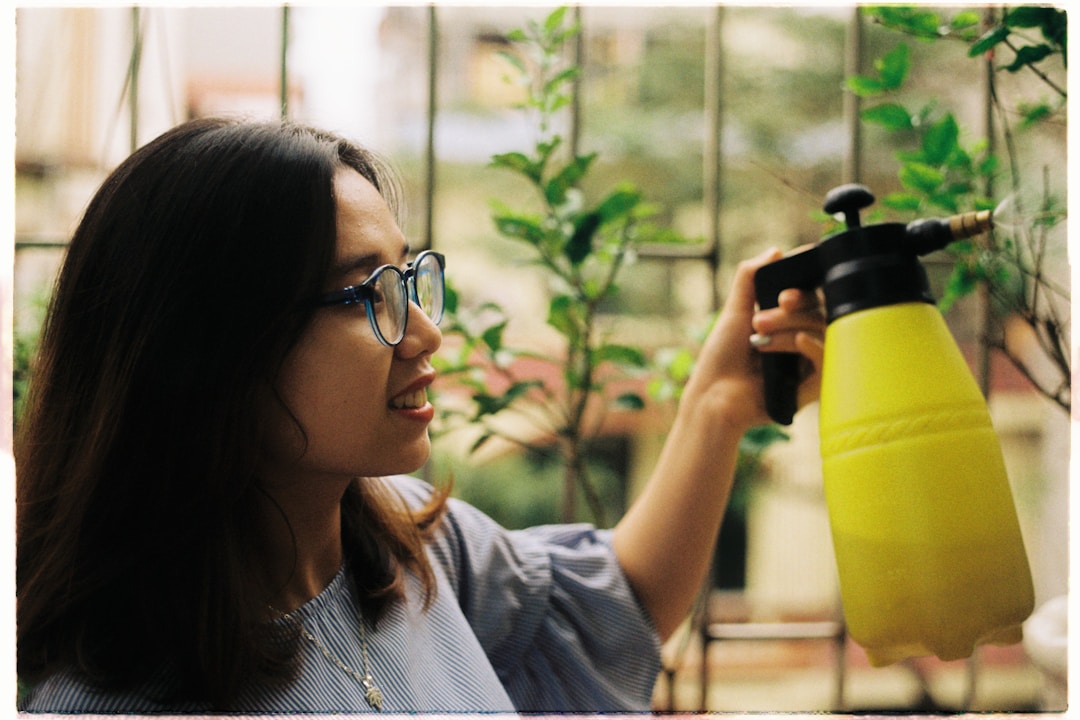
Your planters and pots should have adequate drainage holes to allow for proper water drainage to take place. This can prevent you from overwatering your plant. It’s also helpful to have drainage holes if you don’t properly measure how much water you’re giving your plant. If you overwater your plant, its roots will begin to rot, which can eventually kill it. You can also help with the drainage and overwatering issues by adding rocks and other drainage products to help keep the best wet versus dry balance. Find out how much water your plants actually need, and this can help you keep them alive.

